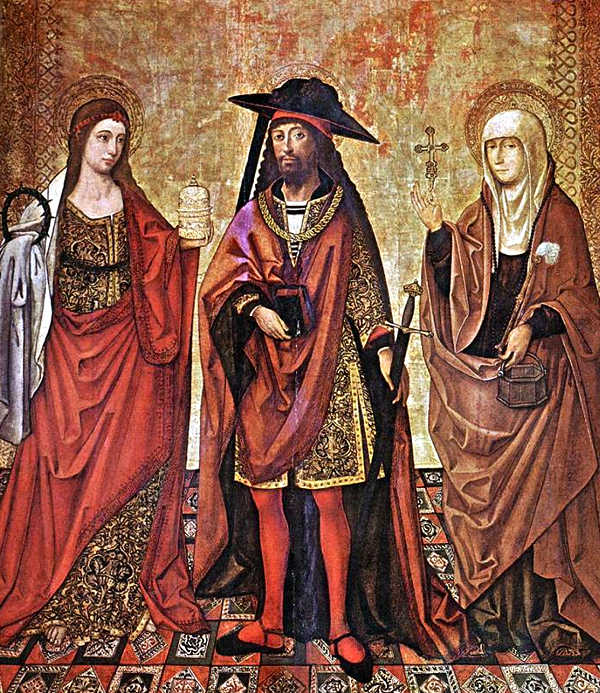Hi Yohann,
Two other examples of Renaissance floors with motifs, which in my (humble) opinion are indeed decorated tiles, perhaps of the type described in your post (no beasts though):
FIG a.
Anonymous Spanish artist. 1380-1400 ? St Lazarus, Martha and Mary, Madrid

FIG b.
P. del Pollaiolo, allegory of Faith, 1469-1470
Uffizi, Florence

In both cases one could still have a tiny doubt, for example due to the pseudo-kufic script in Pollaiolo’s painting. (But pseudo-arabic or -hebrew script was quite in fashion in early Renaissance painting)
However, in most cases tiles are much more easy to identify than that.
Regards
Pierre